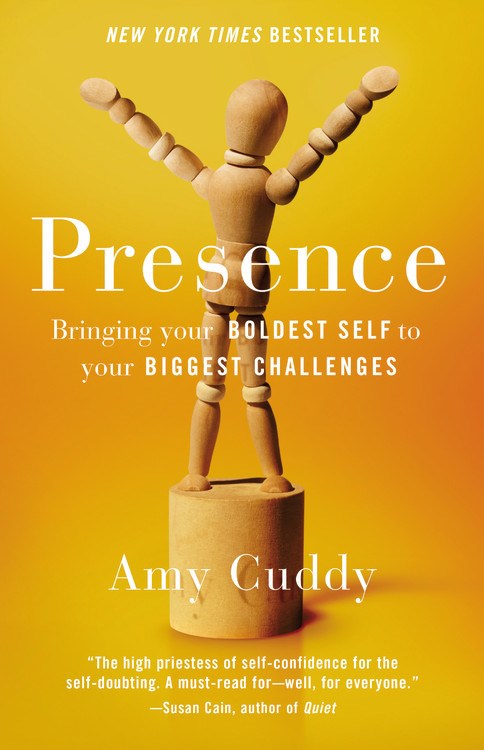Jack Covert Selects - APE
APE: How to Publish a Book by Guy Kawasaki and Shawn Welch, self-published via Nononina Press, 323 pages, $9.99, e-book/POD, December 2012, ISBN 9780988523111 Choosing a self-published ebook for a Jack Covert Selects review is unprecedented. Choosing to recommend a book about self-publishing is also pretty odd, since we make our livelihood selling books with paper pages and highly designed covers and a traditional publisher behind the scenes. But, this is no ordinary ebook. APE—which stands for Author, Publisher, Entrepreneur—is the brainchild of the formidable Guy Kawasaki and co-creator Shawn Welch, and it is over 300 pages of how authors who forgo the traditional publisher route (by choice or not) can put out a book that they can be proud of and gets noticed. In the first section of the book (think A is for Author), Kawasaki and Welch present the predicament of publishing a book: Lots of people want to write one, but it isn’t easy to get picked up by traditional publishers, and even if your book really should be, it’s pretty hard to gain visibility in the over-crowded inboxes of agents and editorial assistants. The other route, self-publishing, tends (at least historically) to produce sub-standard books because authors shy away from the extra costs of editors, copy-writers, and designers. In other words, the fantasy of traditional publishing is just that for most, a fantasy, and the disappointments of self-publishing are many. Still, APE leans heavily toward the self-publishing option in order for each author to be the sole owner of the results. But it isn’t an easy road and the authors make that clear. Self-publishing offers the ability to take control over the fate of one’s book through Democratization (the door is open, you just have to walk in), Determination (succeed or fail on your book’s own merits), and Disintermediation (no need for middle men). But the authors emphasize one particular point throughout: you will be on your own, and if you want a team of people to help you create the best product and promote it, you’ll need to hire them yourselves. The second section of APE (P for Publishing), tackles how the author turns the words into an actual book, including an emphasis on good editing. This is many authors' Achilles' heel, but Kawasaki wouldn't agree:
The editing process is my favorite stage of a book because it’s like a sculptor removing excess stone to bring out the art. You’ll learn that the key to a great book is editing—grinding, buffing, and polishing—not writing.
Throughout the section, the authors dig into such technical issues of financing, designing (both formatting and cover), distributing, selling, and promoting. The final section (E for Entrepreneur), centers around how the author/publisher now needs to become the primary engine propelling the book into public consciousness by developing a platform, an online following, and basically doing continual legwork both literal and digital. The strength of APE is the potential for practical application by thousands of striving writers with good ideas, as well as the truly balanced pro/con nature of the advice, but what “sells” the ebook is Guy's friendly and informal voice. Kawasaki is a true superstar in the business book and social media world, and he knows a great deal, but throughout APE the authors never make you feel as if you can’t do what he has done.
